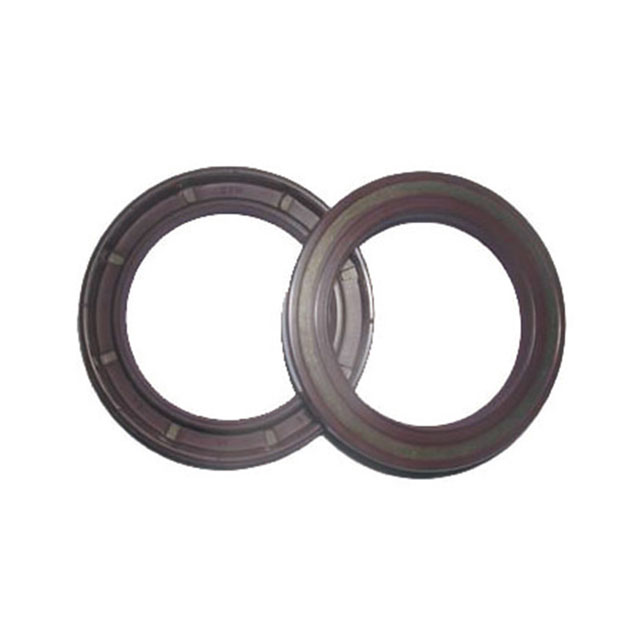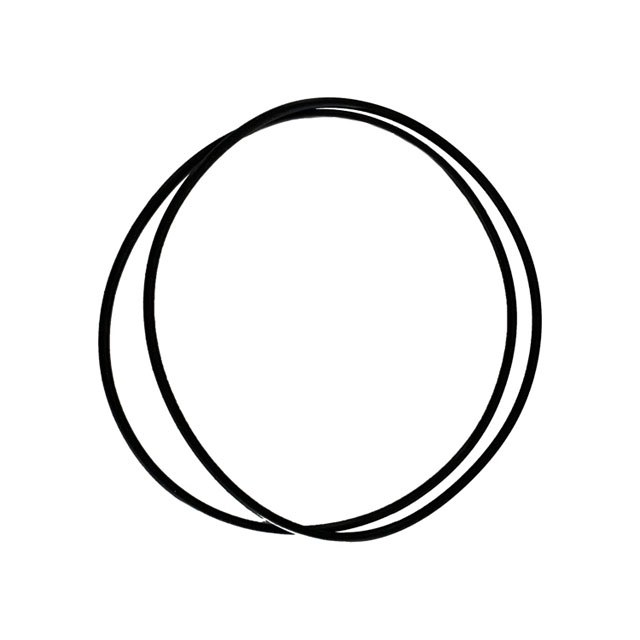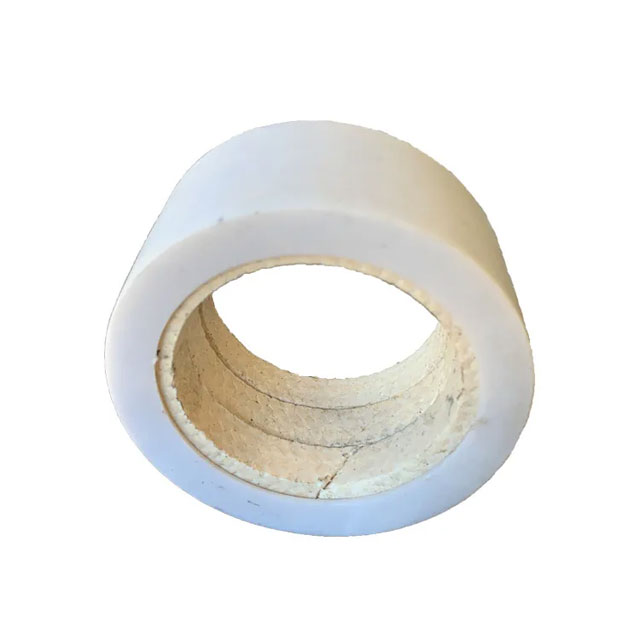WhatsApp: 86-13735815206 / 86-17392256505
WeChat: 86-13735815206 / 86-17392256505
Phone: 86-29-88680837
Mail: sales@hlsolidscontrol.com
Add: Room 804, Building 1, Western Cloud Valley Phase II, Fengxi New Town, Xixian New District, Shaanxi Province
WeChat: 86-13735815206 / 86-17392256505
Phone: 86-29-88680837
Mail: sales@hlsolidscontrol.com
Add: Room 804, Building 1, Western Cloud Valley Phase II, Fengxi New Town, Xixian New District, Shaanxi Province
The influence of liquid pool depth on Decanter Centrifuge
Time: 2024-06-25 Source: Solids Control Equipment Author: Mrek
The liquid pool depth of the Decanter Centrifuge is the thickness of the ring formed by the material on the inner wall of the drum when the centrifuge is running. Under the action of centrifugation, the solid slag is settled on the outside of the inner wall due to its high mass ratio, and the clearer separation liquid is close to the inner ring of the ring.
Under normal circumstances, the greater the thickness of the ring formed by the separated medium under the action of centrifugal force, the further the separation liquid in the inner ring of the ring is away from the solid slag on the outside, and the clearer the separation liquid is. Therefore, the liquid pool depth is a very critical auxiliary parameter affecting the separation performance of the Decanter Centrifuge.
If we increase the liquid pool depth of the centrifuge, the centrifuge will obtain a clearer separation liquid, but as the liquid pool depth increases, the inner ring of the liquid ring will gradually spread to the solid slag discharge port, and the length of the water-free zone near the discharge port will gradually shorten, which will cause the discharged solid slag to gradually become moist.
On the contrary, if we reduce the depth of the liquid pool of the centrifuge, the inner ring of the liquid ring will gradually move away from the slag discharge port, and the length of the water-free zone near the slag discharge port will gradually become longer, which will make the discharged solid slag gradually dry. It is worth noting that due to the reduction in the depth of the liquid pool, the separated liquid obtained by the centrifuge will also become relatively turbid.
Therefore, the liquid discharge radius of the traditional centrifuge is usually not less than the slag discharge radius. The clarity of the clear liquid and the dryness of the slag discharge are always difficult to take into account at the same time for traditional centrifuges. This problem can be solved by adding a BD plate to the spiral of the centrifuge.
After the spiral of the centrifuge is equipped with a BD plate, a negative liquid level difference can be formed, and the liquid layer depth in the sedimentation zone can be significantly lower than the radius of the sludge discharge port after dehydration. In this way, the depth of the liquid pool is deepened, the effective separation volume is increased, and the clarity of the clear liquid is improved under the same processing volume. As the depth of the liquid pool increases, the squeezing force on the sludge at the bottom of the liquid pool is also greater, which naturally solves the technical problem of reducing the consumption of flocculants while increasing the dryness of the solid residue.
HL is a professional solid control equipment manufacturer in China. If you need a decanter centrifuge or related drilling equipment, please contact us and we will serve you wholeheartedly.
Under normal circumstances, the greater the thickness of the ring formed by the separated medium under the action of centrifugal force, the further the separation liquid in the inner ring of the ring is away from the solid slag on the outside, and the clearer the separation liquid is. Therefore, the liquid pool depth is a very critical auxiliary parameter affecting the separation performance of the Decanter Centrifuge.
If we increase the liquid pool depth of the centrifuge, the centrifuge will obtain a clearer separation liquid, but as the liquid pool depth increases, the inner ring of the liquid ring will gradually spread to the solid slag discharge port, and the length of the water-free zone near the discharge port will gradually shorten, which will cause the discharged solid slag to gradually become moist.
On the contrary, if we reduce the depth of the liquid pool of the centrifuge, the inner ring of the liquid ring will gradually move away from the slag discharge port, and the length of the water-free zone near the slag discharge port will gradually become longer, which will make the discharged solid slag gradually dry. It is worth noting that due to the reduction in the depth of the liquid pool, the separated liquid obtained by the centrifuge will also become relatively turbid.
Therefore, the liquid discharge radius of the traditional centrifuge is usually not less than the slag discharge radius. The clarity of the clear liquid and the dryness of the slag discharge are always difficult to take into account at the same time for traditional centrifuges. This problem can be solved by adding a BD plate to the spiral of the centrifuge.
After the spiral of the centrifuge is equipped with a BD plate, a negative liquid level difference can be formed, and the liquid layer depth in the sedimentation zone can be significantly lower than the radius of the sludge discharge port after dehydration. In this way, the depth of the liquid pool is deepened, the effective separation volume is increased, and the clarity of the clear liquid is improved under the same processing volume. As the depth of the liquid pool increases, the squeezing force on the sludge at the bottom of the liquid pool is also greater, which naturally solves the technical problem of reducing the consumption of flocculants while increasing the dryness of the solid residue.
HL is a professional solid control equipment manufacturer in China. If you need a decanter centrifuge or related drilling equipment, please contact us and we will serve you wholeheartedly.



